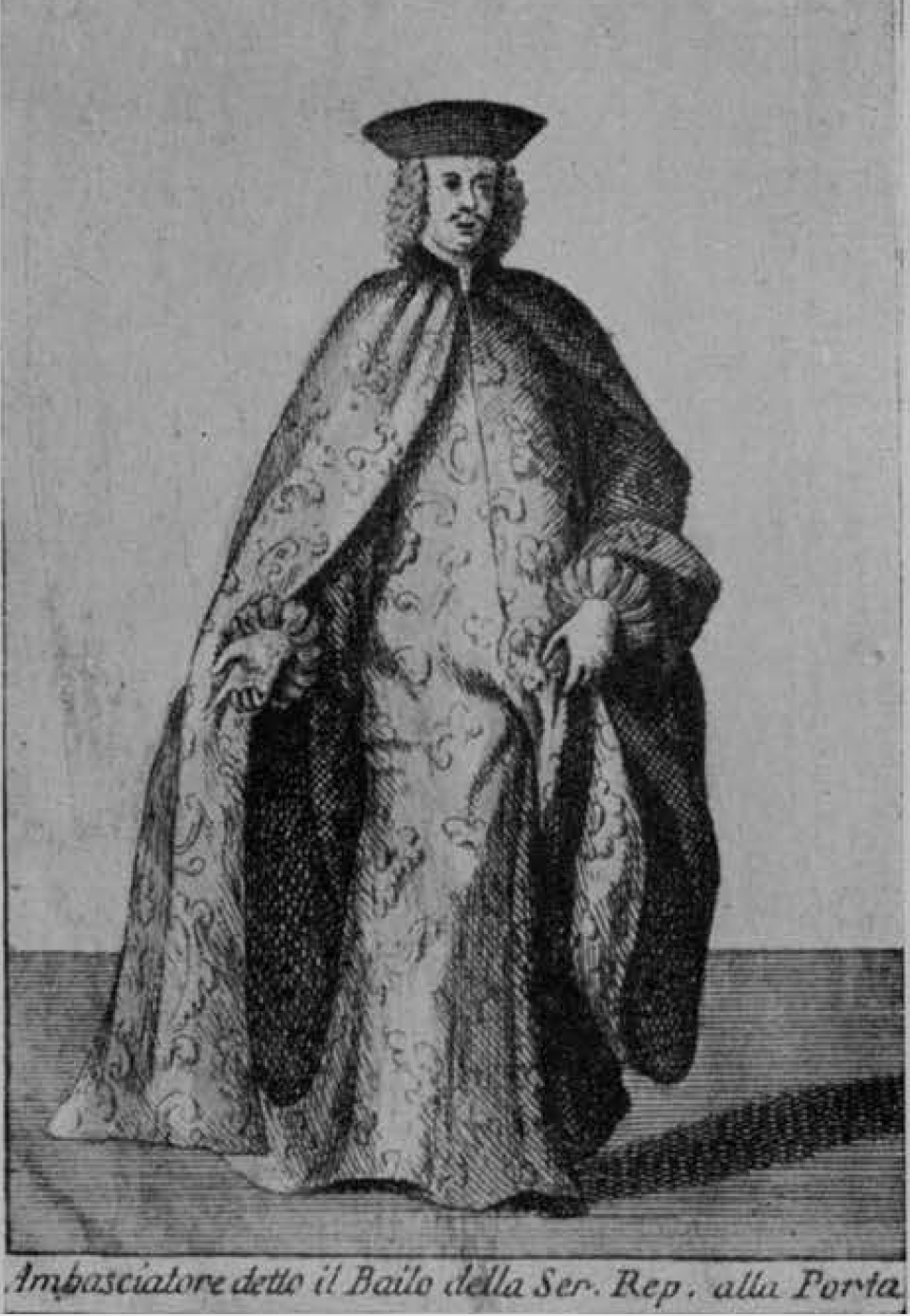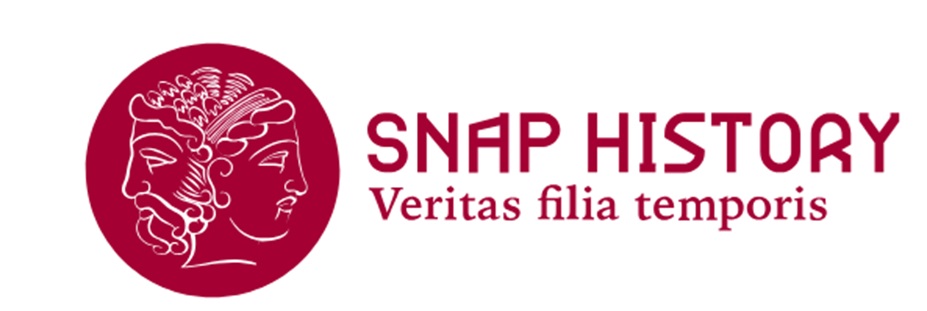The Venetian Bailo
A figure between diplomacy and espionage

A Venetian bailo of the 17th century: his identity is not specified. Image taken from WikiCommons.
After the Ottoman conquest of Constantinople in 1453, European powers were forced to engage with a new entity that compelled them to refine their diplomatic tools. Among these powers were the Venetians, who quickly recognized the importance of establishing a diplomatic apparatus that would give them a strategic advantage in the Mediterranean. Central to this strategy was the figure of the "bailo", the ambassador stationed in Constantinople, the capital of the Empire and one of the most important cities in the Mediterranean region. Maria Pia Pedani traces the etymology of the word "bailo" to the Latin term "baiulus", which means "porter" or "bearer." To become a bailo, one had to belong to the patriciate—a social class that became even more exclusive in Venice after the Serrata del Maggior Consiglio (1297) - as only aristocrats had jurisdictional authority over their subordinates living abroad. Eric Dursteler, a renowned scholar of Venetian history, argues that the bailo’s functions were essentially twofold and often intertwined: the first was to protect Venetian commercial interests in the Ottoman Empire, particularly against the English, French, and Dutch, who by the late 1500s had aggressively entered into trade with the Sublime Porte; secondly, the baili also acted as spies, tasked with gathering sensitive information (the so-called intelligence), verifying it, and communicating it to the Council of Ten, the body responsible for Venetian security and counterespionage. These functions, which can be summarized as a combination of diplomacy and espionage, were primarily carried out through a form of "personal diplomacy," which involved building a network of contacts and informants, even within the inner circles of Ottoman power. An example of this is the relationship that the bailo Marcantonio Barbaro (bailo from 1570 to 1573) had with the Grand Vizier (the highest official of the Ottoman court) Sokollu Mehmed Pasha.
Maria Pia Pedani, Venezia porta d'Oriente (Bologna: il Mulino, 2010), p. 79.
Eric R. Dursteler, Venetians in Constantinople: Nation, Identity, and Coexistence in the Early Modern Mediterranean (Baltimore: Johns Hopkins University Press, 2006), pp. 28-30.
Eric R. Dursteler, ‘The Bailo in Constantinople: Crisis and Career in Venice’s Early Modern Diplomatic Corps’, Mediterranean Historical Review 16, no. 2 (2011): 1-31.
2025-07-18
Salvatore Ciccarello
